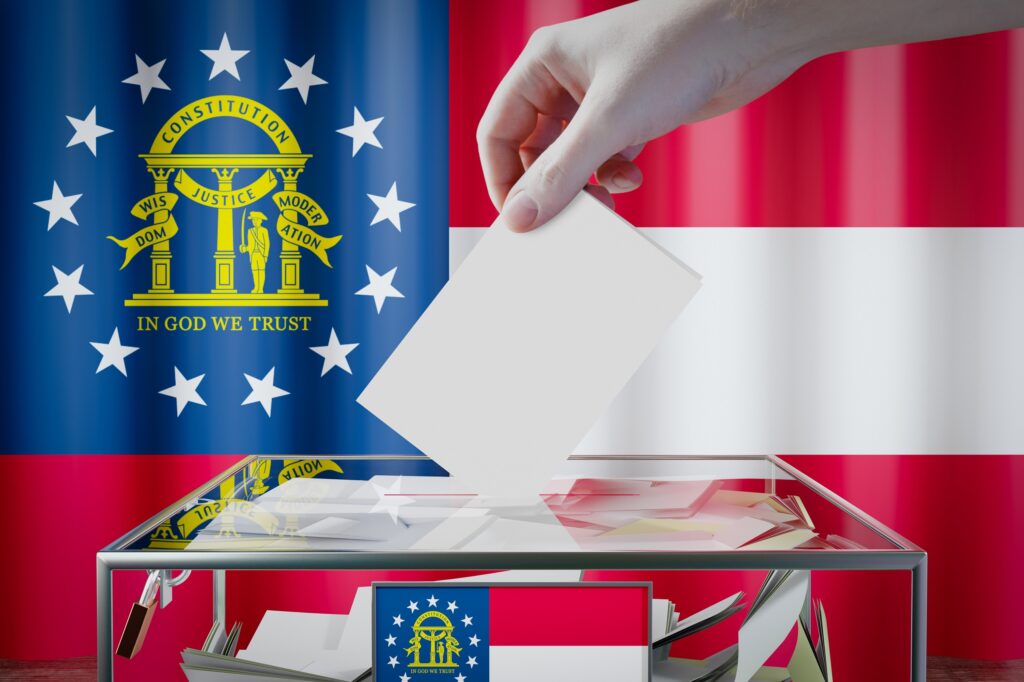Risk-Proportionate Tobacco Harm Reduction Legislation
Author
Media Contact
For general media inquiries and to book our experts, please contact pr@rstreet.org.
Tobacco products exist on a continuum of risk, with combustible products representing the highest risk and electronic nicotine delivery systems falling at the lower end of the risk continuum. Risk-proportionate legislation takes the risk level of tobacco products into consideration when designing regulations. That is to say, risk proportionate legislation regulates the most dangerous products more heavily than it regulates less harmful products.
Aren’t all tobacco products equally harmful?
While all tobacco products present some health risks, not all tobacco products are equally harmful. Combustion, or the burning of tobacco leaves, is what produces most of the more than 7000 chemicals found in cigarette smoke. By eliminating combustion with e-cigarettes, such as using heat-not-burn products or smoke-free products like snus and nicotine pouches, exposure to harmful chemicals is reduced. According to Public Health England, e-cigarettes are at least 95 percent less harmful than combustible cigarettes. A National Academy of Sciences report also states that e-cigarettes expose users to fewer toxicants than combustible cigarettes.
What are some examples of risk-proportionate tobacco legislation?
Risk-proportionate elements can be built into many tobacco policies. One way to craft risk-proportionate legislation is to use carve outs for reduced-risk products. There are two federal regulatory designations that can help legislators determine what products qualify as reduced-risk. The U.S. Food and Drug Administration’s Pre-market Tobacco Product Application (PMTA) and Modified-risk Tobacco Product (MRTP) pathways are designed to determine if a tobacco product is “appropriate for the protection of public health” and provide a means of identifying less-harmful products that are in compliance with federal regulations.
For instance, one way to make legislation more risk-proportionate is for legislatures that are considering implementing bans on flavored e-cigarettes to include language that exempts products that receive a PMTA or MRTP designation. The same idea can be applied to legislation regulating nicotine concentration. Similarly, when considering taxing e-cigarettes and other reduced-risk products, legislators could exempt or reduce taxes on products that receive a PMTA or MRTP. Alternatively, another risk-proportionate option is to tax all reduced risk products at a lower rate than combustible cigarettes to incentivize consumption of less harmful alternatives.
Why use risk-proportionate legislation instead of bans?
Bans are a form of prohibition, and, as the alcohol prohibition in the 1920s and 1930s best demonstrates, prohibition does not prevent people from engaging in risky behaviors. However, there are also more modern examples. A study evaluating the effect of San Francisco’s flavored tobacco product ban on young people found that the ban was associated with increased use of combustible cigarettes. After Massachusetts banned all e-cigarettes, the state saw a 7.5 percent increase in combustible cigarette sales. Also, authorities in Massachusetts have seen an uptick in seizures of smuggled flavored e-cigarettes and menthol cigarettes since the ban on these products took effect. Furthermore, increases in tobacco revenue in surrounding states suggests that after Massachusetts banned flavored tobacco products, sales shifted to surrounding states. Another, non-tobacco, example that demonstrates a similar pattern comes from opioids. As it became more difficult for people to obtain prescription opioids, many transitioned to using heroin. Aside from increased use of more harmful substances, other negative outcomes of bans often include the over criminalization of banned substances, resulting in more interactions with law enforcement, and the propagation of unregulated, illicit products.
The harms associated with illicit products are exemplified by the outbreak of e-cigarette or vaping associated lung injury (EVALI) that occurred in 2019, which was caused by illicit THC vaping liquids that were contaminated with vitamin E acetate. This outbreak provides further evidence of the harms caused by prohibition because there is evidence that states without legalized recreational cannabis had more cases of EVALI than states where recreational cannabis was legal.










